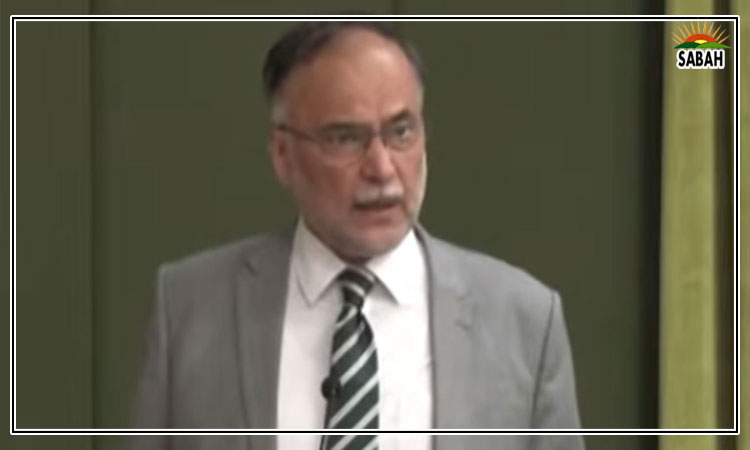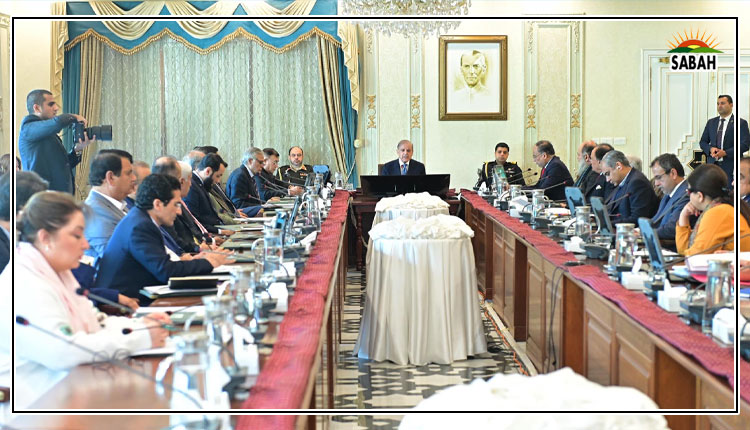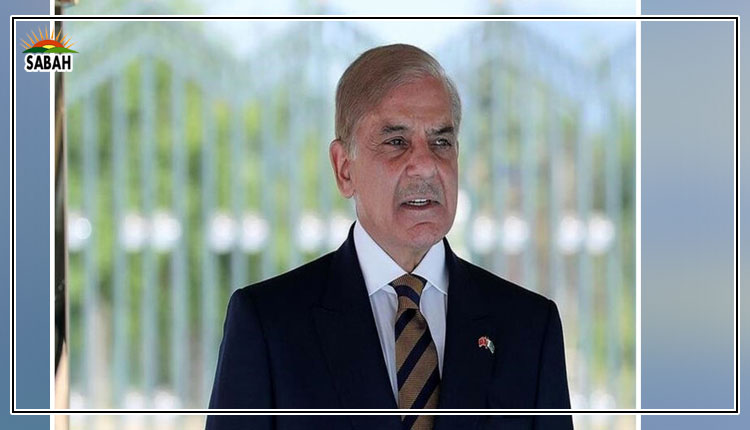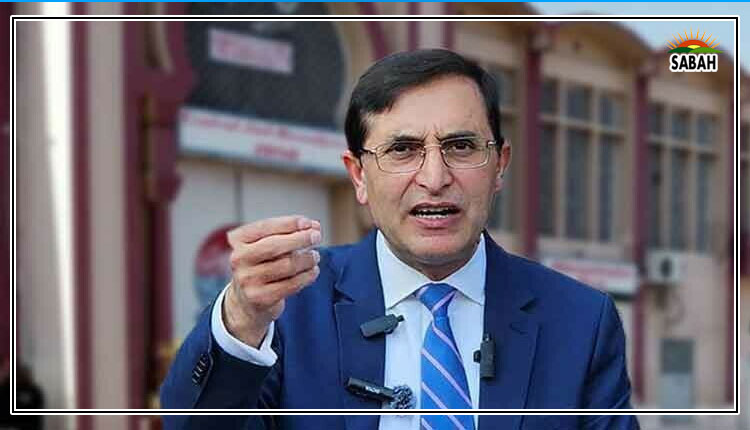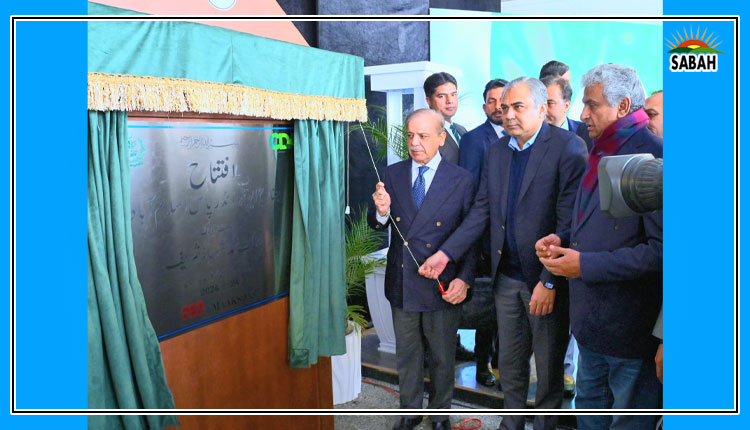Building back Pakistan …. Zile Huma
Pakistan is a victim of devastating climate-led disasters like glacier melt, droughts, floods, heatwaves, smog, etc. The 2022 floods were one of the worst disasters in the history of Pakistan, costing a loss of $30 billion.
Pakistan’s Post-Disaster Need Assessment Report has provided detailed sector-wise estimates to recover from this huge loss. According to the PDNA, the housing; agriculture and livestock; and transport and communications sectors have suffered the most significant damage, at $5.6 billion, $3.7 billion and $3.3 billion respectively. The report further mentions that between 8.4 and 9.1 million more people can fall below the poverty line due to such a mass-level disaster.
Pakistan has excellently pleaded its case at international forums, highlighting the negative socio-economic impacts of climate change faced by the country in the form of these floods and urged the international community to support it to retrieve the loss. As a result of these efforts, a donors conference was held on January 9, 2022 in Geneva to convince the international community to extend their support to ‘build back climate resilient Pakistan’
The conference was attended by representatives of international organizations, development partners, high-level government officials, media personnel, etc.
Pakistan’s framework is based on the 4RF – resilient, recovery, reconstruction and rehabilitation – to overcome the socioeconomic losses caused by these disastrous floods.
The first R stands for ‘resilience’. It is based on the idea of getting financial support for the capacity building of state institutions for better governance and policy implementation to accelerate mitigation and adaptation efforts for better resilience.
This financial support will be utilized to develop strengths to absorb the shocks of climate change-induced catastrophes. Pakistan is working on several clean energy projects including hydro and solar projects to reduce carbon emissions and play its part in global efforts to reduce climate change impacts. Recently, the PM of Pakistan chaired a meeting to solarize all government buildings at the federal level. Similarly, many hydro powers dam projects are near completion.
The accomplishment of such projects requires technical support and huge finances. Pakistan needs financial support to acquire technology for its adaptation efforts and for teaching adaptation techniques to people to face climate change challenges. Pakistan will focus on ‘resilience’ to become more climate resilient in the future.
The second component is ‘recovery’. It represents the aid needed to recover from the damage caused by the 2022 floods. Pakistan needs huge finances on an emergency basis to recover from the loss. These floods have displaced around eight million people, who are in dire need of medicines, food, and winter clothes. Many flood victims are forced to drink unclean water, and are prone to health issues as they are exposed to viruses and bacteria. They are facing many health issues like diarrhoea, dengue, fever, pneumonia, and skin diseases. These people have lost their sources of income due to their displacement and the damage caused to the agriculture sector.
The third R is ‘reconstruction’. The 2022 floods in Pakistan have washed away homes, schools, health facilities and communication lines. According to Unicef, infrastructure damage include nearly 27,000 schools and 1,500 public health facilities. The reconstruction plan includes the reconstruction of not only houses, education institutions and health facilities but also climate-resilient communication lines, including national highways and railway lines. The climate-resilient infrastructure will be able to reduce damages caused by climate-led disasters.
The fourth R is for the ‘rehabilitation’ of the displaced. After recovery and reconstruction, the next step for the government is the rehabilitation of the displaced. The challenges of the provision of livelihood, economic opportunities and social inclusion are important factors in the rehabilitation process. The financial assistance demanded under ‘rehabilitation’ will help Pakistan produce economic opportunities for the flood-affected people to start earning their livelihood in the form of businesses and farming. Similarly, aid will be spent to reestablish communities and villages of flood victims to normalize their lives. It will also play a significant role in helping the victims come out of post-trauma psychological problems and restart their lives.
The 4R framework is a comprehensive strategy that can help Pakistan take practical steps to make itself climate resilient by effectively mitigating climate change and dealing with any challenges emerged by climate change disasters in the future.
The writer is a graduate of University of Oxford in Public Policy. She tweets @zilehumma_1



